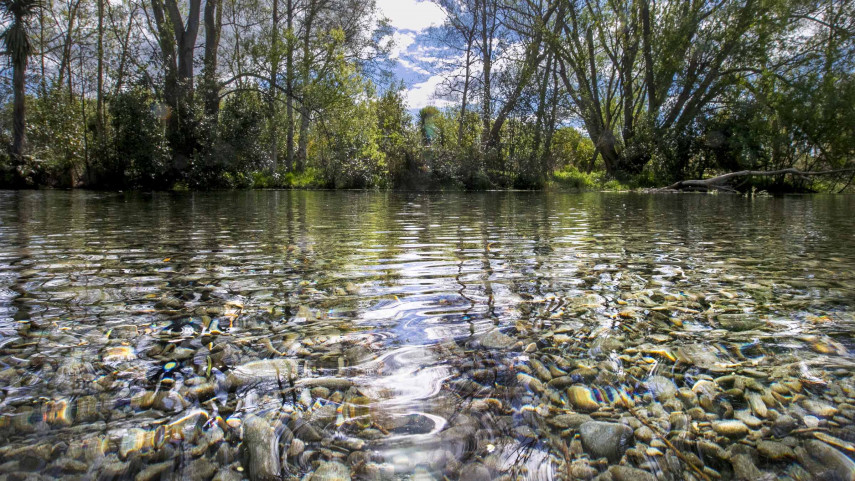
Ōtūkaikino River best Christchurch waterway

Share this story
Water quality in most Christchurch waterways has remained steady, the latest research shows.
The Christchurch City Council has just published its annual Christchurch Surface Water Quality Report, an analysis of water quality data collected throughout 2019. A summary of the report is also available.
The Council’s Waterways Ecologist, Dr Belinda Margetts, led the research and says water quality in most Christchurch waterways is unchanged from previous years.
“There were some improvements and some declines in water quality at certain sites, but overall the quality is much the same as we’ve seen previously,” says Dr Margetts.
Improving water quality is a slow process, she says. Like many city waterways around the world, Christchurch’s waterways suffer from a condition known as ‘urban stream syndrome’.
“The main contaminants in our waterways are from waterfowl droppings, dog poo and stormwater runoff contaminated with metals from cars and roofs, and sediment. The contaminants of most concern include nitrogen, phosphorus, Escherichia coli (an indicator of faecal contamination that can cause illness), and dissolved zinc and copper.”
Waterway monitoring
Waterways are monitored at 42 sites across the district, with more than 11,000 tests being conducted. Of the samples tested, 20 percent did not meet quality guideline levels and 98 percent of sites did not meet guideline levels for at least one of the quality factors measured.
After all the data has been analysed, each monitoring site is scored, with most being ‘poor’. None were ‘very good’ and none were ‘very poor’.
“The catchment with the best overall water quality was the Ōtūkaikino River catchment and the worst was the Ōpawaho-Heathcote River catchment,” says Dr Margetts.
Of all the sites monitored, the site with the best score was in the Pūharakekenui-Styx River at Main North Road.
The site with the worst score was in Curletts Road Stream, with the next lowest being in the Ōpawaho-Heathcote River at Tunnel Road, Haytons Stream and the Ōpawaho-Heathcote River at Ferrymead Bridge.
Dr Margetts says the priority areas for improving water quality are the Haytons and Curletts Road streams and middle tributaries of the Ōtākaro-Avon River catchment – Riccarton Main Drain, Addington Brook and Dudley Creek.
The Council also produces annual Waterway Report Cards, which combine these water quality results with other ecological data. The overall score for the Ōtūkaikino River catchment was B (good) and the Pūharakekenui-Styx River catchment was C (fair). The Ōtākaro-Avon River, Huritini-Halswell River and Ōpawaho-Heathcote River catchments all scored D (poor).
Waterways home to many species
Despite there being room for improvement, Dr Margetts says the city’s waterways, especially the more rural waterways of Banks Peninsula, are home to many threatened species.
Some of these species were gathered by Māori as mahinga kai (food), including wai kōura (freshwater crayfish), kākahi (freshwater mussels), tuna (longfin eel) and inanga (a whitebait species).
“Christchurch waterways contain many spawning sites for inanga, pockets of kākahi in large numbers, and one of the few known spawning sites for kanakana (lamprey),” says Dr Margetts.
“The important thing is to make sure our waterways don’t decline further and that everything possible is done to protect and improve them so that these and other species can continue to thrive.”
*Pictured above, the Ōtūkaikino River, which runs through The Groynes.
